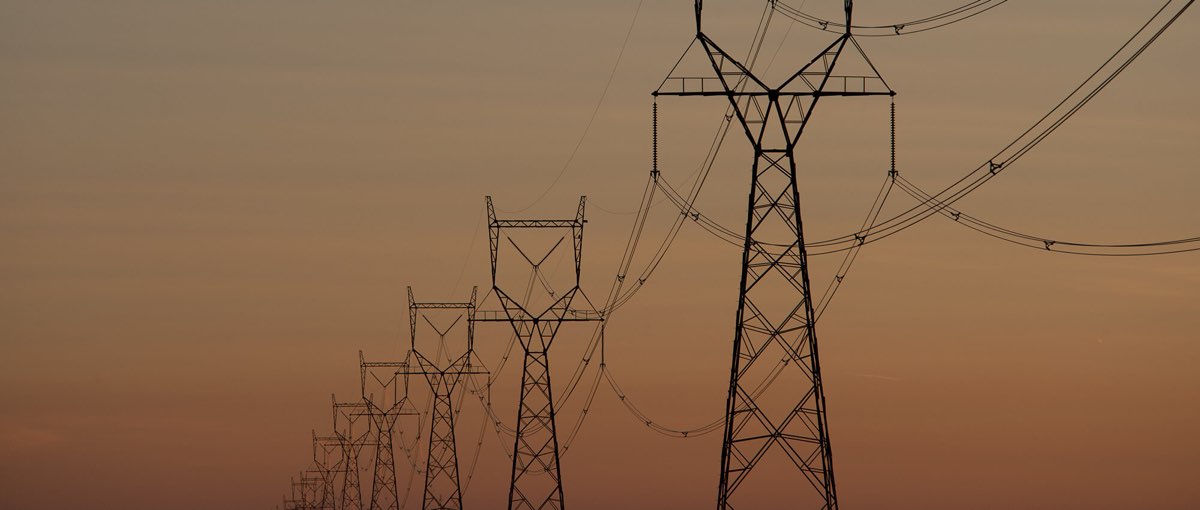Transmission solutions
As demand for renewable energy grows, new transmission lines are needed to:
- allow for hydropower, solar and wind power to be distributed regionally;
- ensure regional reliability;
- avoid transmission bottlenecks that can lead to electricity price spikes.
In meeting these needs, further developing regional transmission delivers large benefits and maximizes North America’s clean energy potential.
A 2013 MISO Wind Synergy study (PDF, 5.4 MB) showed new hydropower in Manitoba and enhanced transmission between Manitoba and MISO could result in savings to U.S. customers of up to $455 million annually by 2027 across the U.S. Midwest.
Manitoba Hydro is doing its part through a major interconnection project: the Manitoba–Minnesota Transmission Project is a 500-kilovolt AC transmission line in southeastern Manitoba and associated station upgrades. The project went into service on June 1, 2020.
The Manitoba–Minnesota transmission line originates at the Dorsey Converter Station northwest of Winnipeg and travels south, connecting to Minnesota Power’s Great Northern Transmission Line (funded by Minnesota Power and 6690271 Manitoba Ltd, a Manitoba Hydro subsidiary).
In November 2014, the Federal Energy Regulatory Commission (FERC) approved a facilities construction agreement for the Great Northern Transmission Line.
In February 2016, the Minnesota Public Utilities Commission unanimously approved the route permit for the Great Northern Transmission Line. The route permit is among the most important regulatory decisions the project requires.
The White House has applauded this project as a successful example of the national effort to accelerate and modernize the federal infrastructure permitting process.
Benefits for Minnesota
In testimony provided to the Minnesota Public Utilities Commission in Minnesota Power’s request for a Certificate of Need for the Great Northern Transmission Line, David McMillan, MP Executive Vice-President, commented as follows:
"Manitoba Hydro and United States utilities such as Minnesota Power have operated with high-voltage transmission interconnections in place for decades, utilizing these assets as well as other regional transmission infrastructure to transact a varied and dynamic range of energy supply, diversity exchanges, excess energy, capacity and other arrangements…
We have brought this Project forward because Minnesota Power and our customers need the Great Northern Transmission Line to supply the energy and capacity necessary to meet our long-term resource needs – and to fill those needs the Company desires to use hydroelectric power because it provides all of the following attributes: optionality, energy storage potential, reliability, stable price and zero carbon emission…
The Great Northern Transmission Line Project is a central element of Minnesota Power’s long-term EnergyForward resource strategy. EnergyForward is designed to deliver an affordable, reliable, environmentally sustainable and diverse mix of energy resources for our customers…
These agreements with Manitoba Hydro not only provide critical capacity and energy resources for Minnesota Power and its customers, but do so while optimizing the value of our wind energy investments, diversifying our energy portfolio and lessening our reliance on coal-fired electricity – a major goal of our EnergyForward strategy… "
See full testimony: Overview of Certificate of Need Filing and Project Overview, March 16, 2015 (PDF, 5.1 MB)
